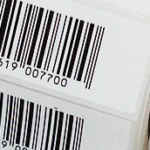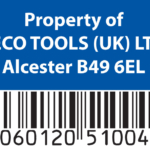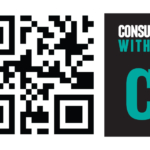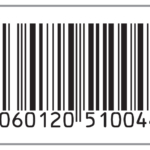PRODUCT LABELS
LABEL BY TYPE
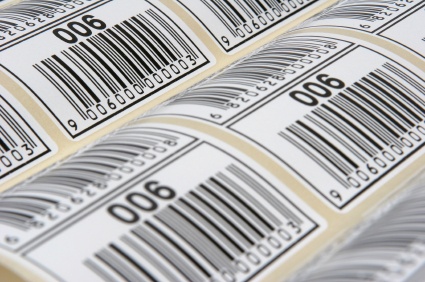
Commercial Labels
Barcode Labels
Barcodes are everywhere, and if you consciously look around, you’ll be amazed at how many you find! Barcodes began life in shops in the early 1970s and since have been adopted for use in every environment imaginable since.
What Is A Barcode Label?
It’s a label with a barcode printed on it that’s allocated to digital data saved and referenced to the barcode number. Once the barcode is scanned the information held against it can be accessed.
Barcode labels are possibly the most commonly used label everywhere and are usually incorporated into product labels, although they are often labels on their own. The barcodes are strips of black numbered lines that, when scanned, can deliver all sorts of information about the product the barcode is adhered to and can be used in all kinds of environments.
Barcodes help brands and retail outlets track their stock, especially in situations such as product recalls.
The international standard for barcodes is the GS1 which is based on numbers. Other common barcode types are available such as GLN which can be used to identify any legal or physical location of the supplier. EAN barcodes and codes are used for organisational identification.
For GS1 barcodes, there are rules that must be followed including:
- The total length on the full label size (165mm).
- The barcode should be limited to 48 characters.
- If your barcode is a GS1-128 barcode symbol, it’s limited to 35 symbol characters in total.
What Is A QR Code?
A QR code works in the same way as a barcode but is usually a square grid of black boxes in a pattern that is scanned by smart devices such as smartphones, and tablets and once scanned and then to link to websites, or web-based forms.
Technical considerations for asset labels:
- Material - There are many different materials (link to materials page) to choose from including white, clear or silver Polypropylene (PP) as well as paper stocks.
- Finish- You might opt for a varnish or a laminate, either way, it’s a great idea to think about where the label will be affixed and if it needs some additional durability which is best achieved with either a varnish or laminate.
- What adhesive is right? Is the product that the barcode label is being used on be exposed to any hot or wet environments? If so, then an extra-tack adhesive is advisable.
- Providing your barcode label is in line with the GS1 guidelines, there’s no reason why you can’t opt for a particular shape or colour!
